If our “star” of July’s night sky was Jupiter in last month’s Backyard Astronomer, then this month’s best supporting planet must certainly be Saturn. Steadily shining a mellow yellow color, The God…


If our “star” of July’s night sky was Jupiter in last month’s Backyard Astronomer, then this month’s best supporting planet must certainly be Saturn. Steadily shining a mellow yellow color, The God…

Perhaps the most interesting planets in a small telescope are Jupiter and Saturn. These giant planets will be featured in our skies in the month of July and all summer. Both are…
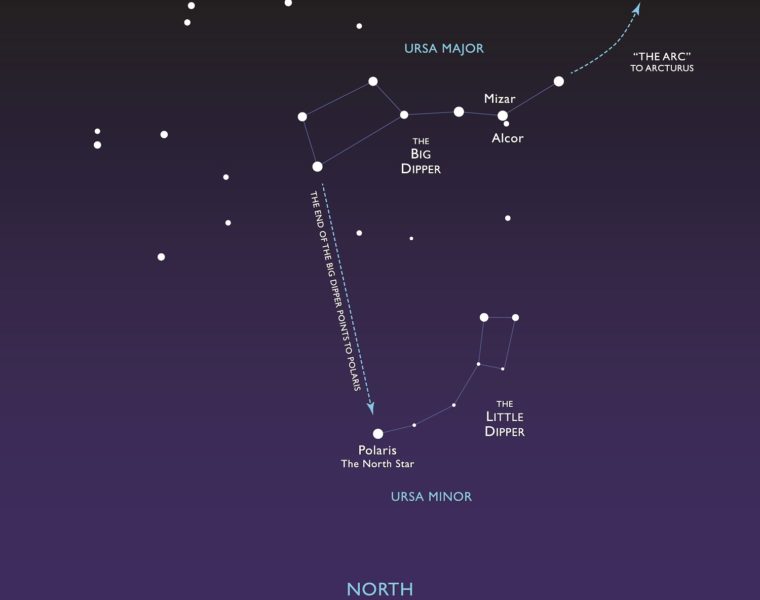
Other than Orion, The Big Dipper is probably the most recognizable constellation in the northern hemisphere. This asterism is among the oldest of constellations and its mythology extends into prehistory. It has…
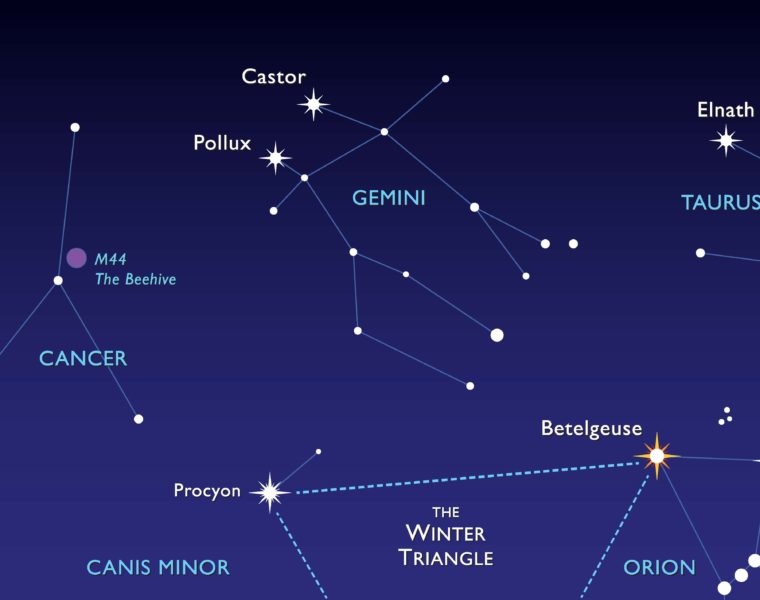
Learning the constellations isn’t hard if you do it bit by bit. The idea here in The Backyard Astronomer is to introduce you to the big, bright constellations first, building one on…
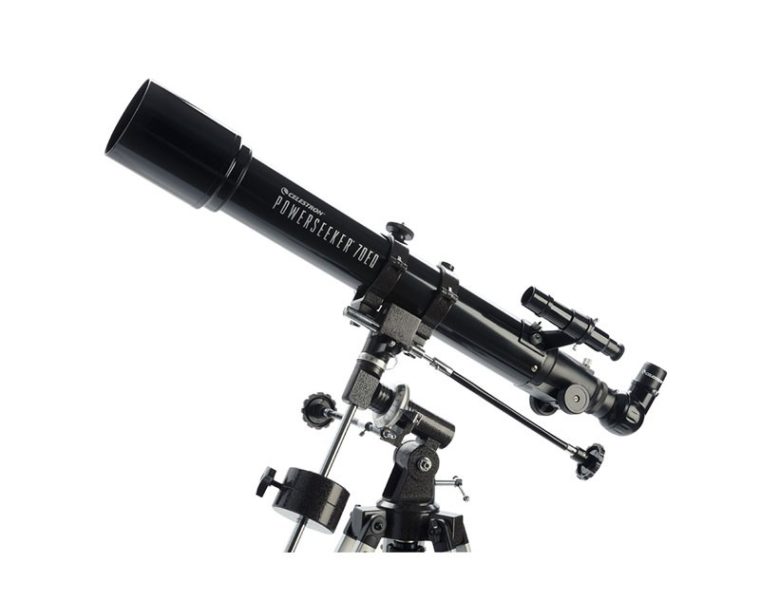
“My dear Kepler, what would you say of the learned here, who, replete with the pertinacity of the asp, have steadfastly refused to cast a glance through the telescope? What shall we…
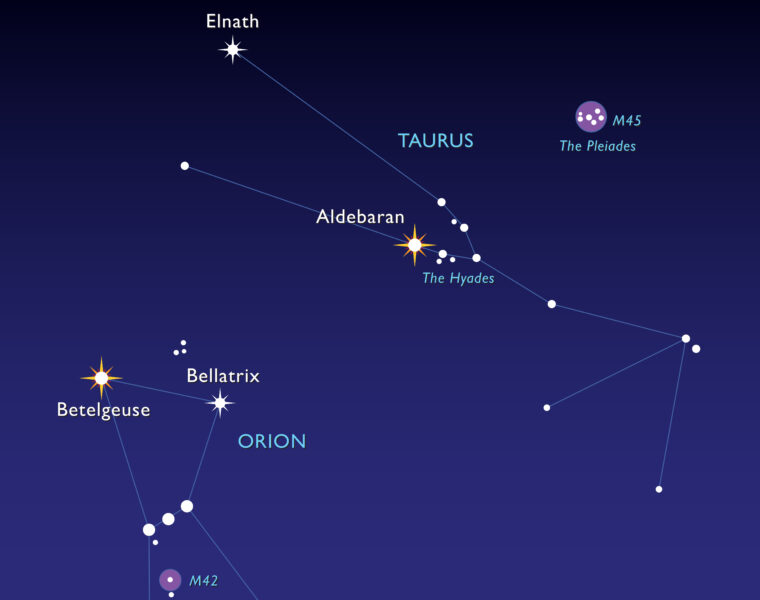
“Canst thou bind the sweet influences of the Pleiades, or loose the bands of Orion?” —Job 38:31 As the Sun, Moon, and planets make their way along the ecliptic through the winter sky…
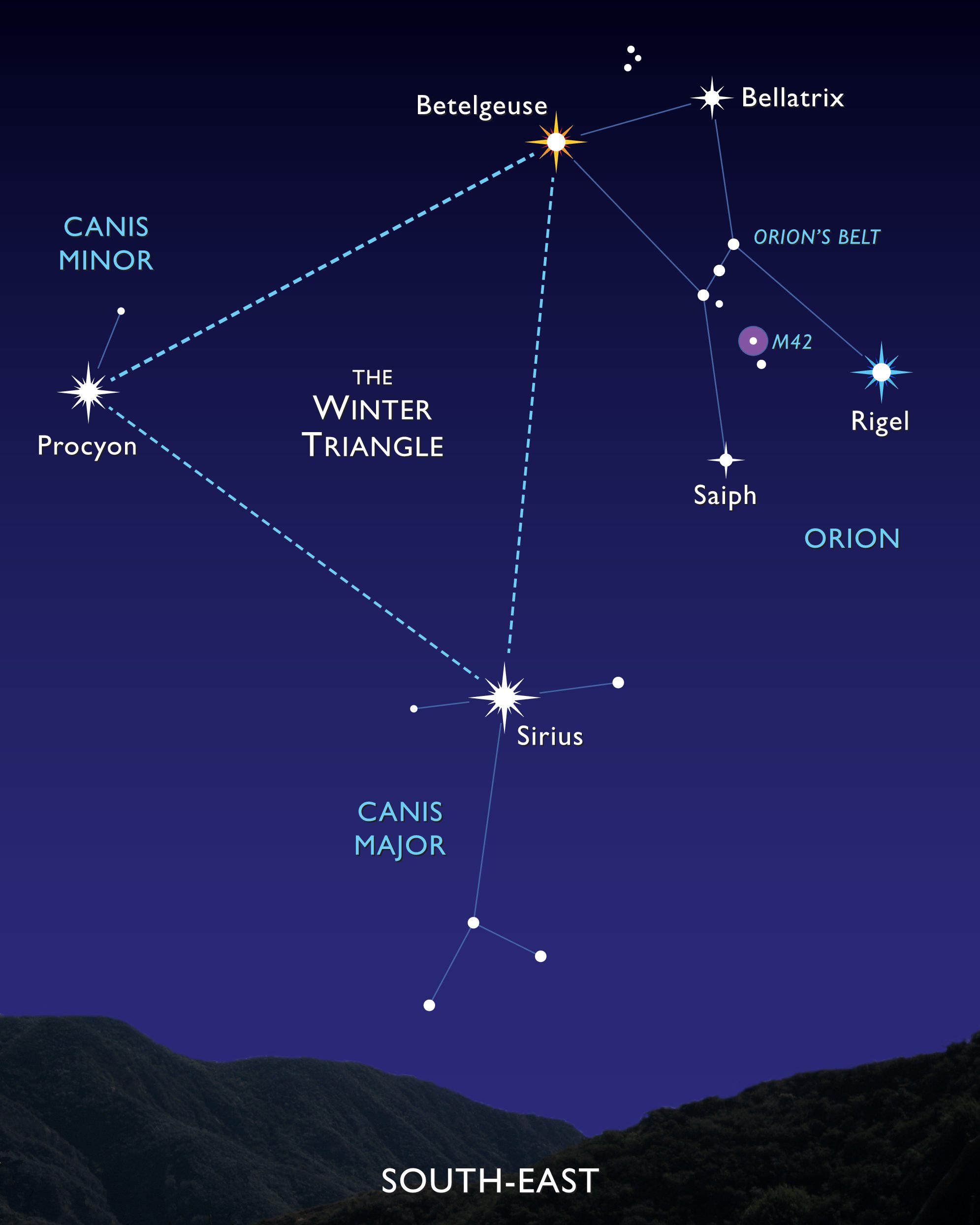
“Out here in the perimeter there are no stars.” —Jim Morrison, The Doors, The WASP (Texas Radio and the Big Beat) During the summer months, the evening sky is filled with countless stars…
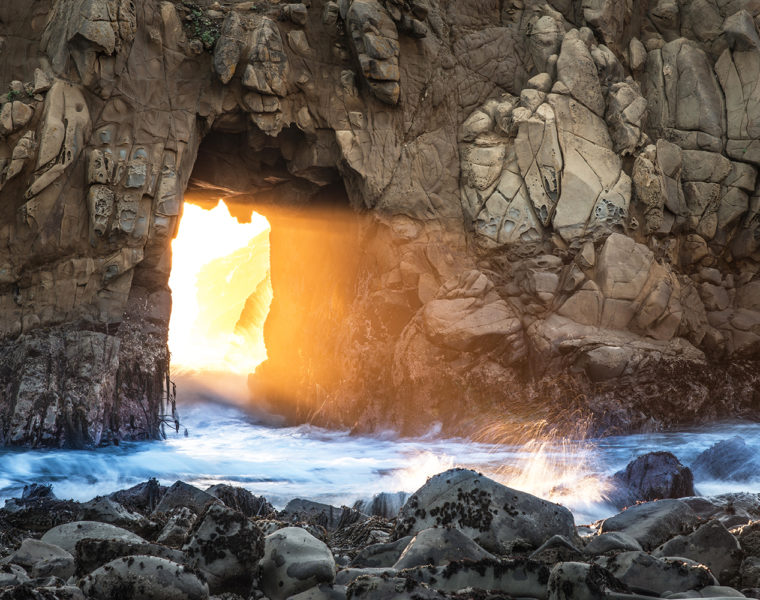
Last month The Backyard Astronomer explored The Wanderers: our Sun, our Moon, and the five naked-eye planets, Mercury, Venus, Mars, Jupiter, and Saturn. While all the stars in the sky remained fixed…
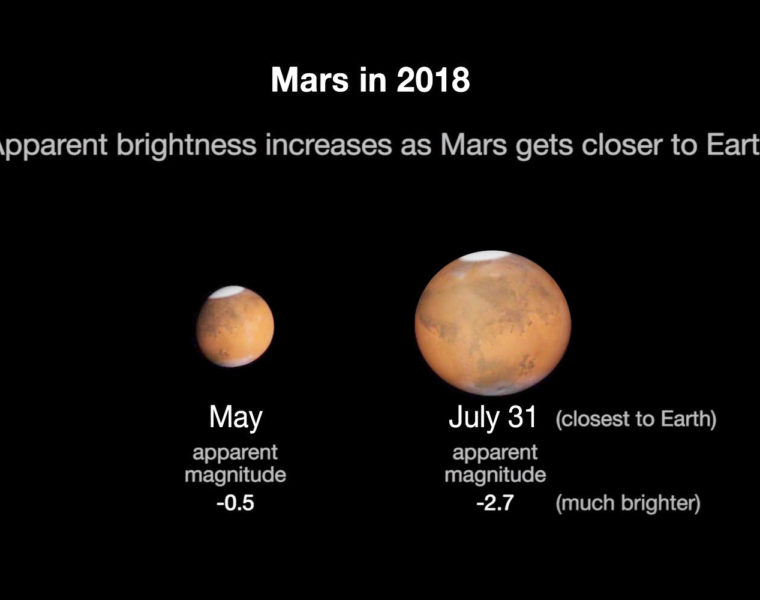
“What are the uniform and ordered movements, by the assumption of which the apparent movements of the planets can be accounted for?” —Plato 4th Century B.C. As our ancient ancestors gazed up…